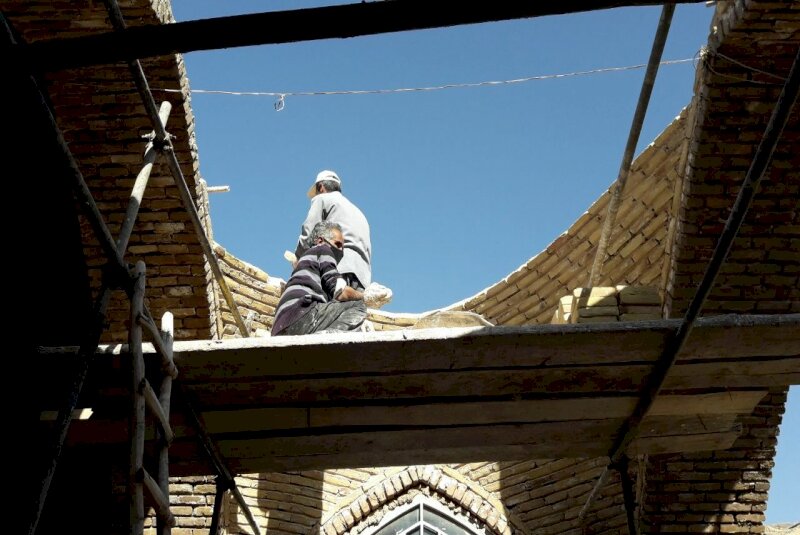Neyshabour labyrinthine, historical bazaar to be restored

TEHRAN – The labyrinthine and historical bazaar of the city of Neyshabour, northeastern Khorasan Razavi province, is to be restored to regain its former glory.
Four billion rials (some $95,000) have been allocated for the project, Neyshabour tourism chief announced on Sunday, CHTN reported.
“This historical bazaar stretches about one kilometer and it’s the sole vaulted historical bazaar in Khorasan, which its antiquity dates back to the time of Safavids (1501–1736),” the official stated.
The most important elements of the bazaar are a number of Hojrehs (shops), Timches (domed halls or arcaded centers of a single trade, such as carpet vendors or coppersmiths), marketplaces, a caravanserai, Hammam (public bathhouse), mosque, Tekkiyeh (a staying place for pilgrims and mourners) and an Ab-anbar (cistern), he explained.
Cool in summer and warm in winter, it’s easy to lose half a day wandering the bustling lanes of an Iranian bazaar, sniffing the heaps of layered spices and dishes of dried dates, watching shoppers finger colored lengths of material, and pausing to admire the rows of red and white teapots in the many crockery shops.
From another point of view, bazaars are also synonyms of foods, with their unmissable colorful stalls of vegetables, herbs, and spices. Yet, most of these ingredients might be mysterious to a foreign eye. Teahouses help punctuate the walk and a traditional restaurant is a perfect place for lunch. People watching and even mingling with them in the bazaars is one of the best ways to take the pulse of the country. Bazaars have traditionally been major economic and social centers in any Iranian city.
Situated some 70 km west of Mashhad, the capital of Khorasan Razavi province, Neyshabour was founded around the third century CE. Experts say, that “Nishapur” derived its name from its alleged founder, the Sasanian king Shapur I (d. 272).
AFM/MG
Leave a Comment